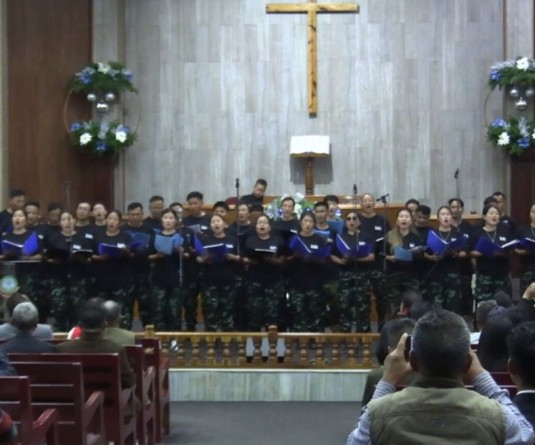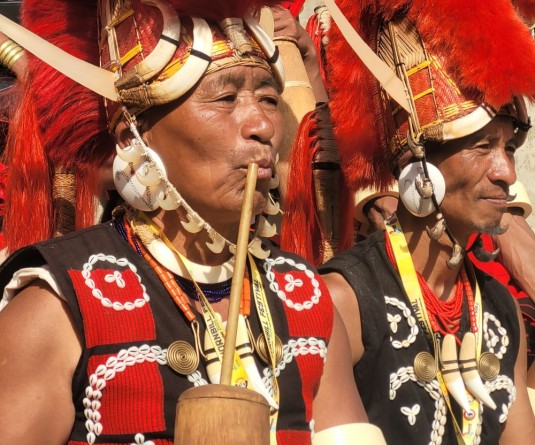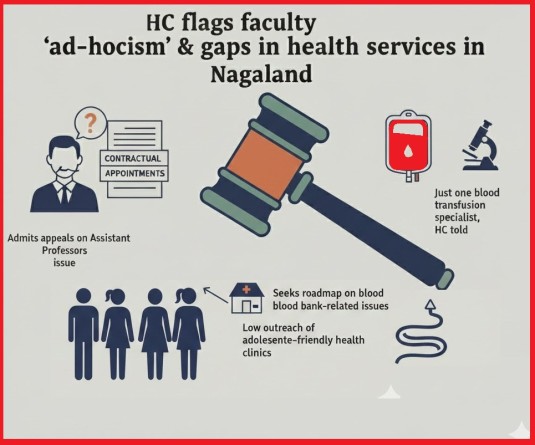
DIMAPUR, MAY 14 (MExN): The Federal Government of Nagaland (FGN) has written an open letter to Pranab Mukherjee, President of India, who is on a visit to Nagaland. The letter written by I Temjenba Longkumer, Kedallo (Vice President) FGN, pointed out that had the Indo-Naga conflict been resolved and peace had dawned “in our war torn country, it would have been a pleasure on our part to receive you as our honoured guest in your coming to our country-Nagaland.”
“But sadly, time and again, our government had been compelled to remind India that the longest conflict in modern history still remains unresolved due to India’s apathy and even denial of irrefutable political facts of South Asian history,” stated the FGN letter.
The letter has stated how it is now known to the whole world that despite the declaration of Naga independence on 14th August, 1947, India “invaded our lands in the early 1950s and claimed our country as part of India.” “It is also a fact that a protracted war was going on between our two countries until a Ceasefire Agreement between our two governments was signed in 1964.”
The FGN has stated that on its part, it was still holding its commitment to this ceasefire and awaiting the Indian government to resolve the conflict through peaceful means instead of resorting to violence and war again.
The letter has brought to the notice of the President of India “facts of our histories as two distinct sovereign neighbouring countries.” It was pointed out that Indo-Naga history began when a Naga delegation led by the father of the Naga nation, A.Z. Phizo and the father of the Indian nation Mahatma Gandhi met at Bhangi Colony in Delhi on July 19, 1947.
According to the FGN letter, Gandhi had said to the Naga delegation in their discussion that, “If you say that you are not Indians and your country does not belong to India the matter ends there. Nobody will force you to join the Indian Union.”
It was further pointed out that Jawaharlal Nehru described the status of Nagaland on August 19, 1946, in connection with the proposed British Colony of Couplan Plan, as: “The Tribal Areas are defined as being those long frontiers of India which are neither part of India nor Burma, nor of Indian States nor of any foreign powers.”
Likewise, on November 28, 1949 C. Rajagopalachari, Indian Governor-General, on his visit to Shillong told a Naga delegation that, “the Nagas have every right to be Independent outside the Indian Union.” Also the British official record (Aitcheson Treaties, Engagements and Sanads Vol. XII, pp. 91, 1931) made it very clear that, “the Nagas had no Treaty with Great Britain.”
“In the light of the above facts of our histories, India is once again reminded through you to reconcile with the truth and reality of Nagaland and cease from creating further subversive activities in Nagaland. Such an act on the part of your government will save India’s image as an internationally progressive nation,” the FGN stated in its letter while expressing hope that India will take positive steps in the “right direction” sooner than later.


.jpg)



